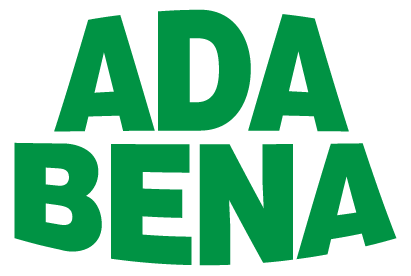HEALTH & SAFETY
Hazards on construction sites can be down to lots of different causes. Weather conditions, working with crash hazards, time pressure, and lack of agreements all increase the risk of injury to your employees. Our safety and health can keep track of everything - even on large construction sites with employees from several companies. From issuing notice of the construction site, to drawing up a safety and health plan, right up to laying down site regulations and coordinating work safety measures and various employers on the construction site.
-

Double-Check Your Work Areas
Scaffolds are an integral part of most construction sites and are associated with a high number of injuries. So when you are going to be working on them, you must ensure your safety first. Check with your supervisor or find out yourself whether the scaffold has been inspected by a professional or a competent person. Never work on an incomplete scaffold which does not have a strong platform or base.
Ladders are other essential construction site tools with a high potential for danger. Check the ladder thoroughly before using it. If you find any part of the ladder wobbly, do not us it. A ladder should be of proper strength and of a height that always keeps it at least one meter above the landing. All of the steps or slabs of the ladder must be secured properly. The upper and lower end of the ladder should preferably be fastened or secured properly. If not, ensure there is someone manually keeping it secures in order to prevent a fall from height. -

Be Vigilant with Electricity and Equipment
Construction sites require a lot of electrical installations. Lifting equipment mostly involves electricity and weights. When working with such equipment, you need to be extra cautious to see there is no wear and tear in the machine and also to follow the safety precautions listed for the equipment. If you do not know them, seek help and instructions from a site supervisor or co-worker who has worked with the equipment before.
If you are using plugged-in portable devices, such as grinders or drills, you should always check that the cables are protected, the metal casing is grounded, and the power supply is provided with an earth leakage circuit breaker. Never allow the electrical tools to come in contact with water. -

Maintain Fencing and Prevent Fires
Notice the number of fatal injuries and falls that happen in areas where there is no fencing. Dangerous areas that you see without fencing or with broken and damaged fencing should be avoided until they are completely repaired or a proper fencing is in place. If this is not happening in time, inform your site supervisor immediately.
-

Protective Apparel and PPE
Employers are supposed to provide their workers with proper protective gear and clothing. If you as a worker do not have them, demand them from your employer and wear them correctly. Well-fitted helmets and protective eyewear are a must. Ear plugs or muffs for working in noisy areas and protective gloves when dealing with toxic chemicals should be worn.Description goes here

